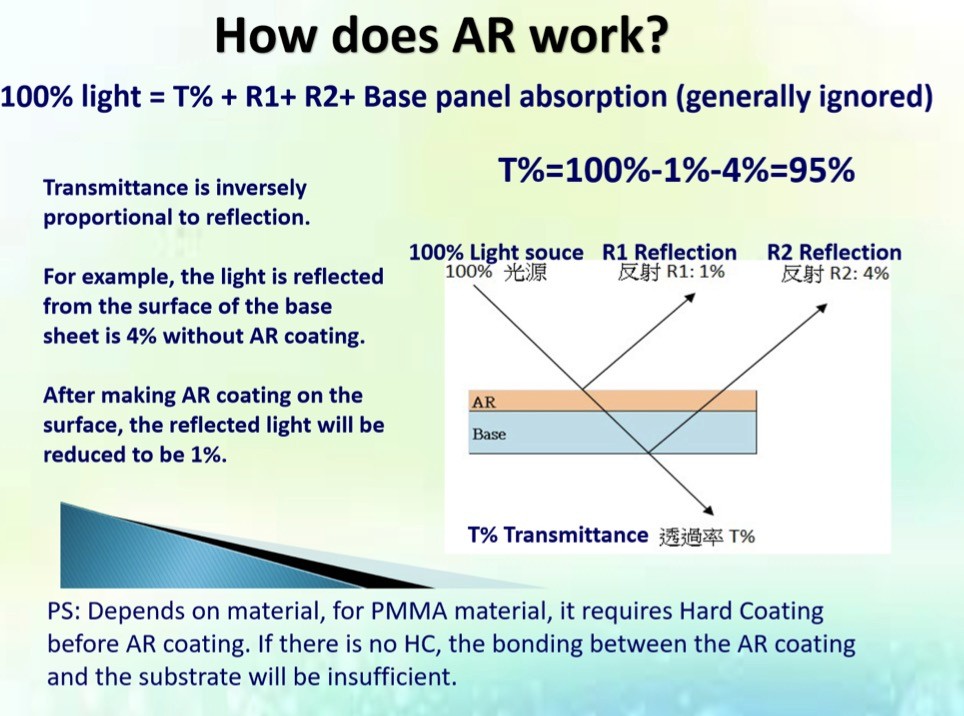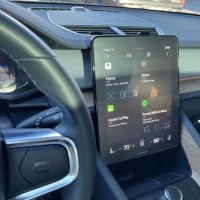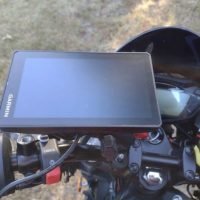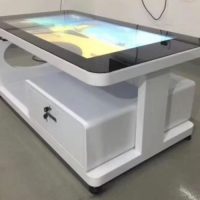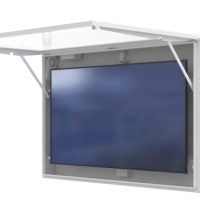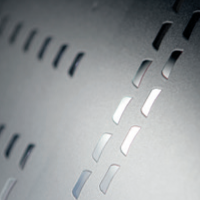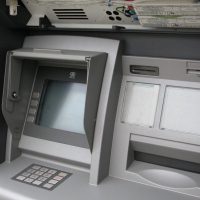The terms “anti-glare” and “anti-reflection” are related but distinct. Anti-glare sheets focus on reducing direct light reflections, typically using textured coatings to scatter light and minimize glare. On the other hand, anti-reflection sheets aim to decrease reflections at material interfaces, enhancing optical clarity through thin films that minimize light reflection. While both technologies improve visibility, anti-glare is tailored for reducing glare from direct light sources, while anti-reflection is more concerned with minimizing reflections between different media, such as air and the sheet’s surface.

